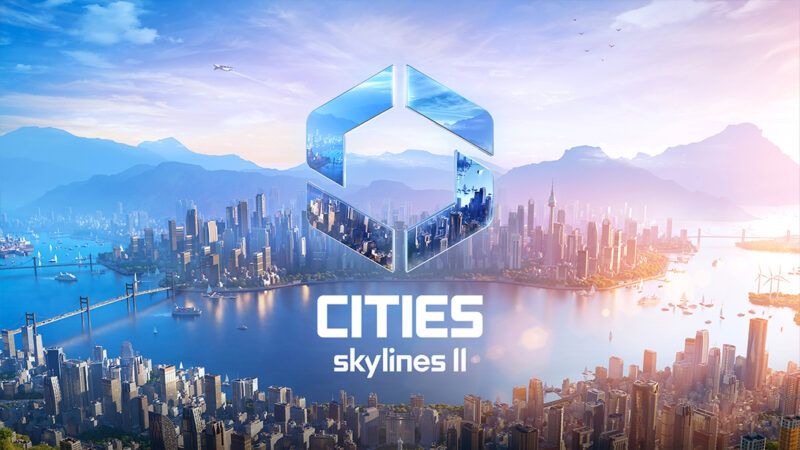Review: What the Cities: Skylines II Flop Tells Us About Urban Planning
It turns out that making video games and making cities are both really hard.

In the years since its 2015 release, Cities: Skylines set a new standard for city-building simulators. The game's mundane tasks of laying out street grids, zoning neighborhoods, designing bus networks, and siting garbage dumps were made immersive and fun by a realistic, detailed game engine and by graphics that made you feel like the city you were tinkering with was a living, breathing thing.
Hopes were therefore high that the sequel, Cities: Skylines II,would build on the success of the first game. Instead, it has been universally considered a gigantic flop. Only the most souped-up gaming computers were able to handle its processing demands. Even then, the gameplay was buggy and graphics disappointing. As Ars Technica put it, the second Skylines "has a rough-draft look when compared to its predecessor, which has accumulated eight years of fixes…and mods to cover a dizzying array of ideas."
Disappointing as its launch might be for players, Cities: Skylines II does provide a teachable moment about the game's subject: Urban planning is hard, even in digital form. The best laid plans start to unravel once they come into contact with the ceaseless dynamism of actual urban areas.
The first Skylines benefited from simpler starting ambitions supplemented by fixes and updates over time. The second game tried to launch a bigger, more ambitious simulator all at once and failed miserably. In real life as well, small fixes and updates are better for a city than one big plan.
This article originally appeared in print under the headline "Cities: Skylines II."
Rent Free is a weekly newsletter from Christian Britschgi on urbanism and the fight for less regulation, more housing, more property rights, and more freedom in America's cities.



Show Comments (3)